The Rape Rack
The News
Perhaps the only thing that the animal agriculture industry and animal rights activists can agree upon is the name of the device in which dairy cows are impregnated – the “rape rack.”

Female cows restrained in a device referred to as the “rape rack”
The “rape rack” is a narrow, chute-like device in which female cows are restrained while they undergo a process the dairy industry euphemistically refers to as “artificial insemination.” During artificial insemination (AI), a dairy worker inserts one of his arms into the rectum of a restrained cow and, with his other arm, inserts a rod-like device called an Al gun into her vagina. The Al gun, which contains bull semen, is pushed in further until it reaches the cervix (the entrance to the uterus). The semen is then injected into the uterus.
Many supporters of animal rights argue that forcibly impregnating cows constitutes sexual abuse. “As public awareness of its barbaric practices increases, the dairy industry is desperate to whitewash them,” said Kathy Stevens, the Executive Director of Catskill Animal Sanctuary. “They can call this practice ‘artificial insemination’ if they wish, but impregnation against one’s will using forcible restraint pretty much sounds like rape to me.”
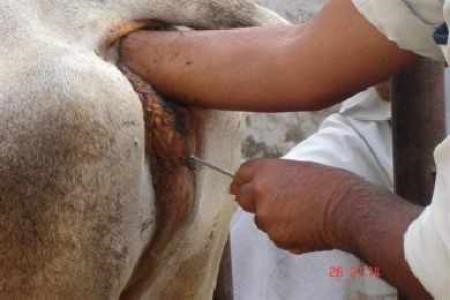
Artificial Insemination
In order to produce milk, cows and other animals used for dairy production must be impregnated each year because their milk production stops at around the time their calves would naturally stop nursing.
To maximize the amount of milk available for human consumption, babies are typically taken away from their mothers within 24 hours of birth, causing profound distress to both the mother and her newborn. Mother cows bellow and call to their babies for days following the separation. Some of the babies are sent directly to the slaughterhouse, to veal farms, or to feedlots; the rest become dairy cows like their mothers.
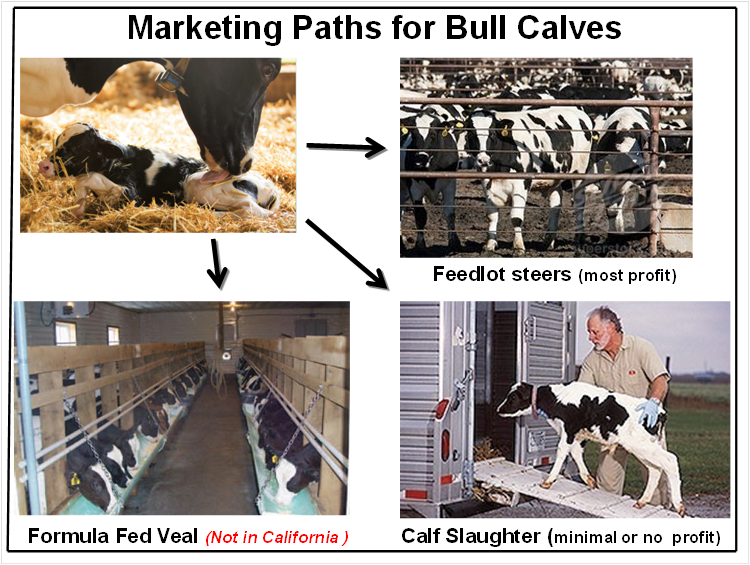
Dairy industry diagram illustrates the different ways to profit off of male calves, who cannot produce milk.
The psychological and physical stresses of life in the dairy industry rapidly weaken and/or sicken cows, quickly rendering them unprofitable to their owners. They are therefore sent to slaughter at a fraction of their natural lifespan. When the cows arrive at the slaughter plant, they often need to be dragged to the kill floor because they are too weak to walk.
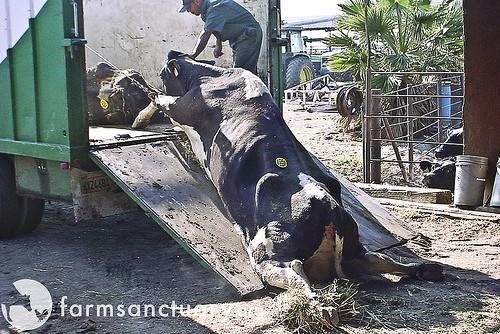
A cow too weak to walk (downer) is pulled into a truck which will carry her into the slaughter plant.
A 2014 horror film entitled “The Herd” vividly depicts the torment endured by cows in the dairy industry. This film, directed by Melanie Light, portrays a fictional dairy farm in which the cows are replaced with human women.
In an interview with “Shock Till You Drop,” a website devoted to reviewing horror films, Light, who describes herself as a “vegan feminist,” said: “A lot of people don’t make the connection. Being female isn’t exclusive to humans . . .These cows, pigs and sheep are abused for their reproductive systems.”
Over the years, the term “rape rack” has gradually disappeared from the dairy industry’s vernacular. “It used to be common parlance in dairy farming. Today, farmers are far more savvy about terminology—as are other industries that use animals” says Katie Arth of PETA. “As a result, that term has vanished from the farmers’ vocabulary in the same way that ‘iron maidens’ and ‘restraint chairs’ have been renamed ‘sow stalls’ and ‘gentling devices.’ The industry now prefers to use euphemisms such as ‘breeding boxes’ to describe the boxes or chutes where female cows are restrained while a worker forcibly inseminates them.”
Your Turn
To learn more about artificial insemination please visit Free From Harm.
To learn about other dairy industry practices and undercover investigations done on dairy farms please visit Mercy for Animals.
To watch “The Herd” in full, click here
Filed under: Food
Tagged with: cows, dairy, factory farming



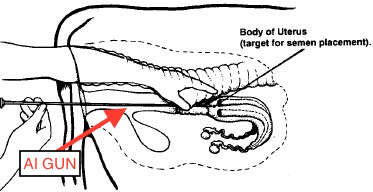
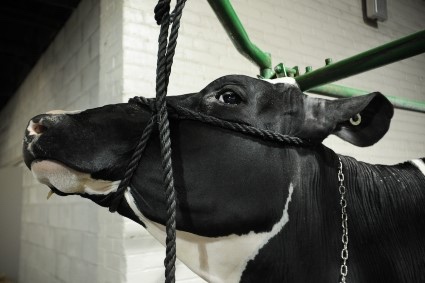

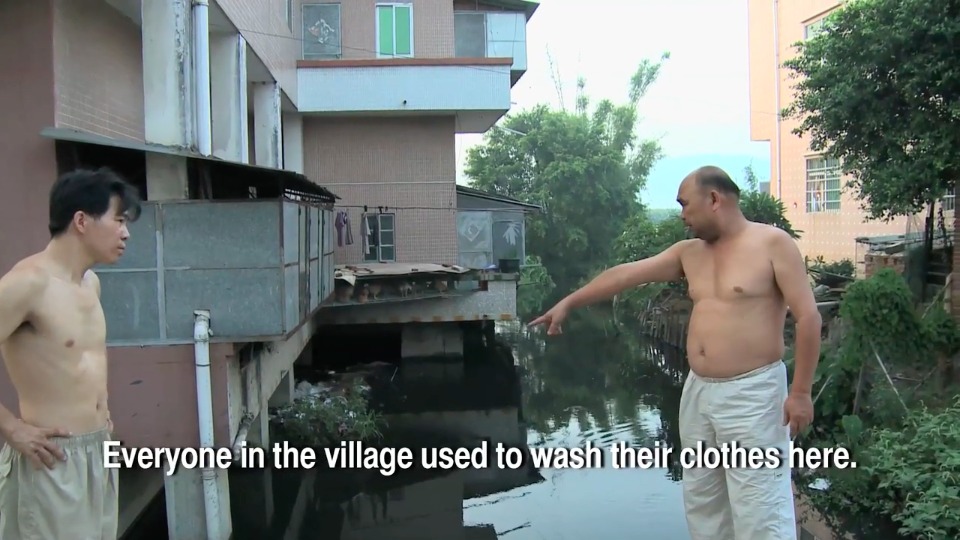
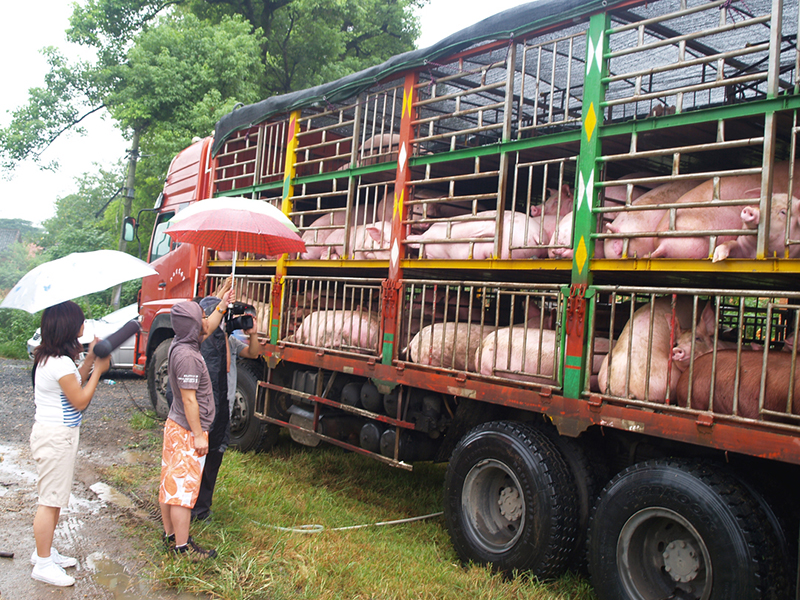
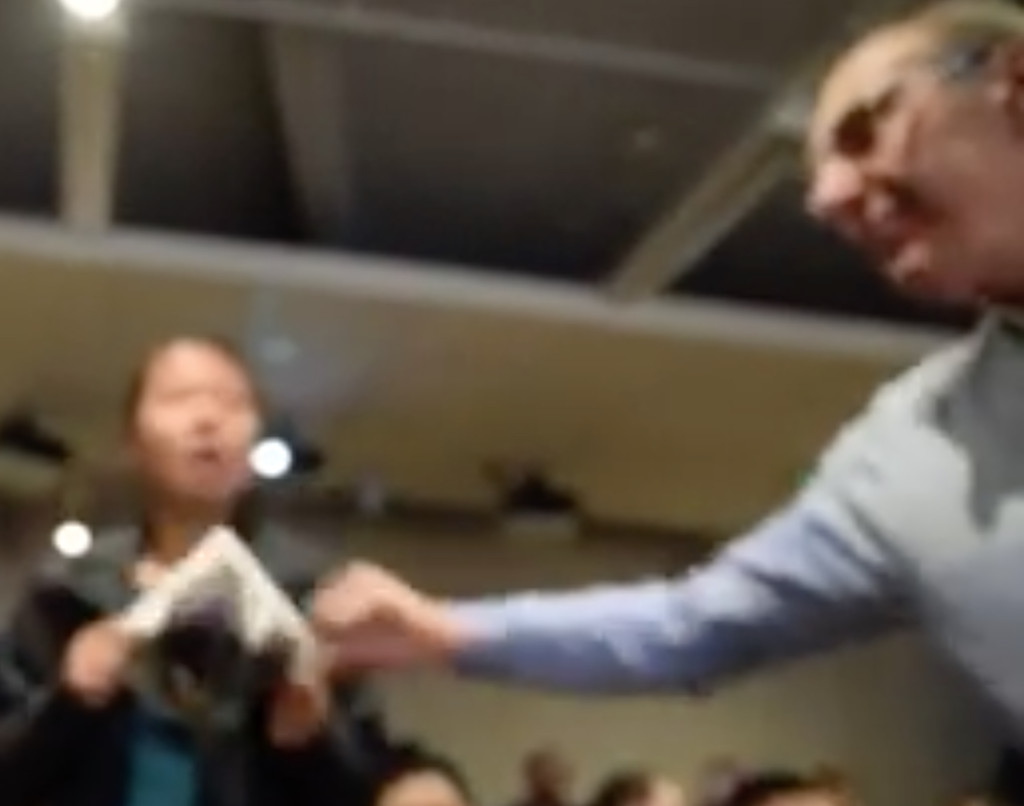
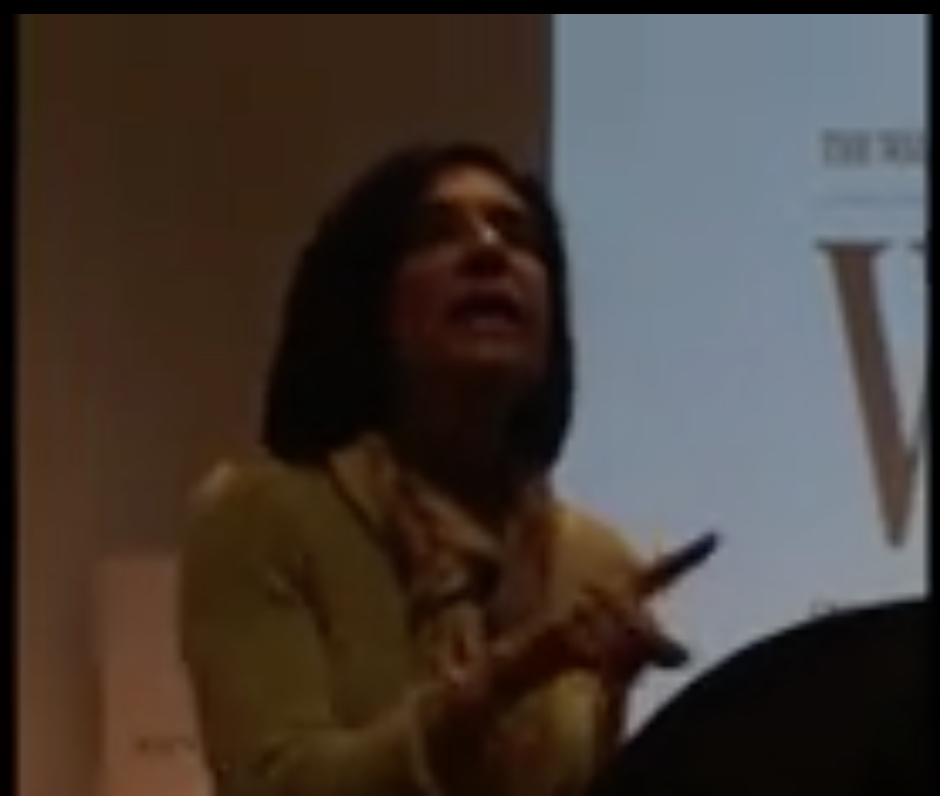
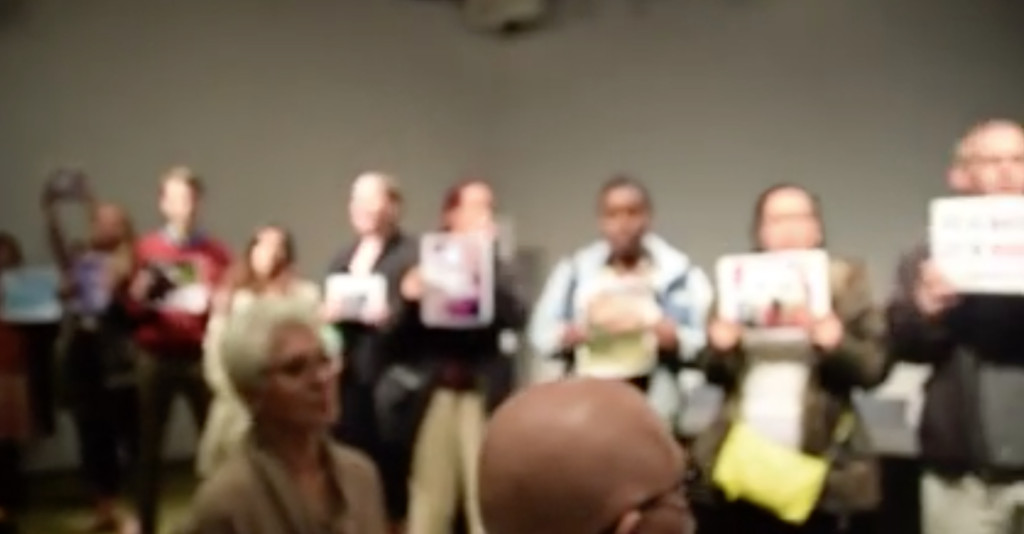
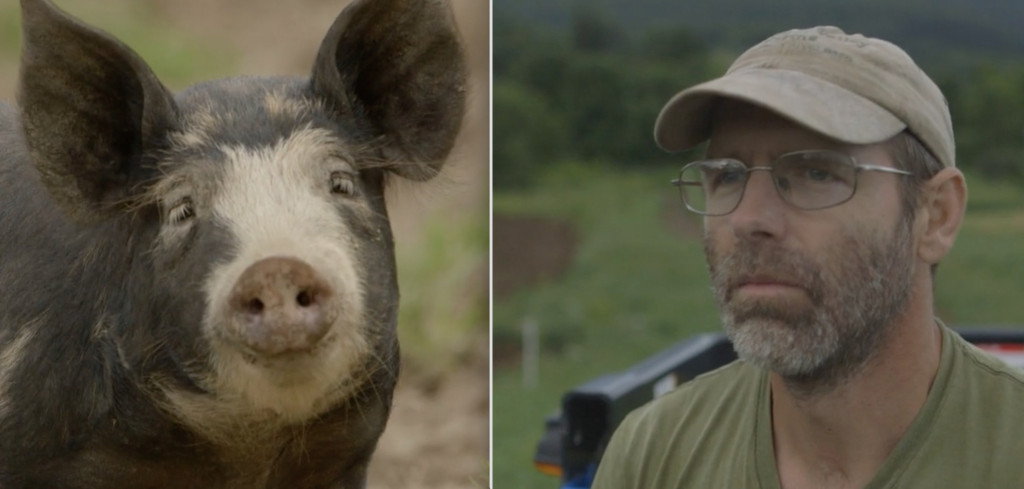
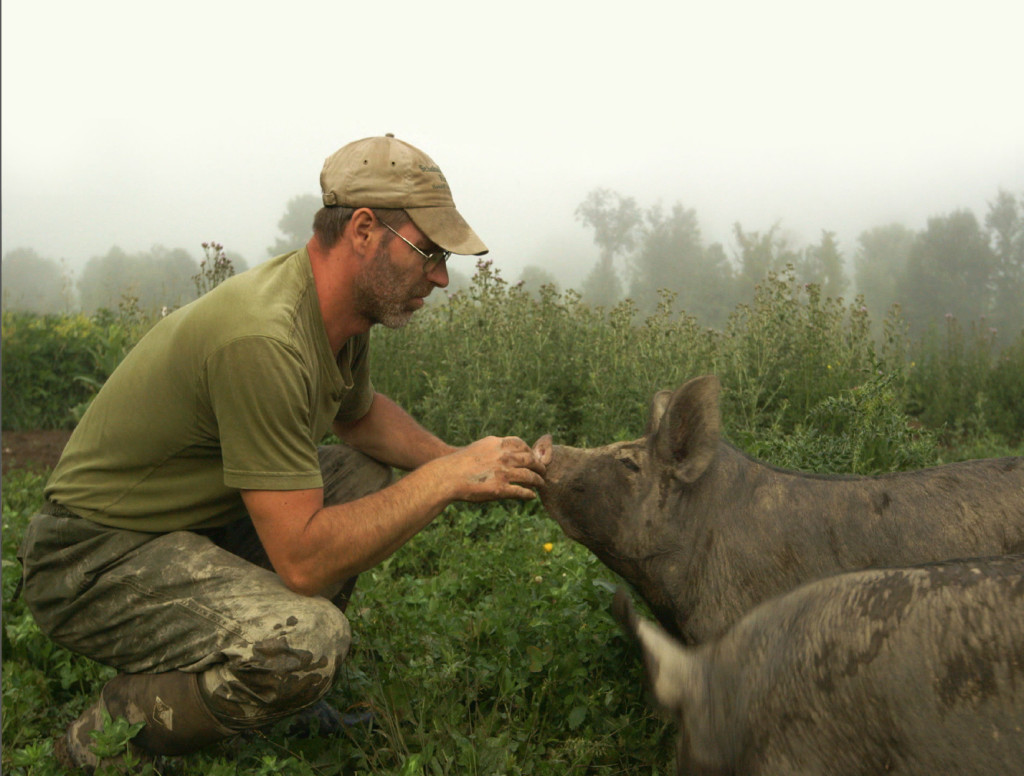
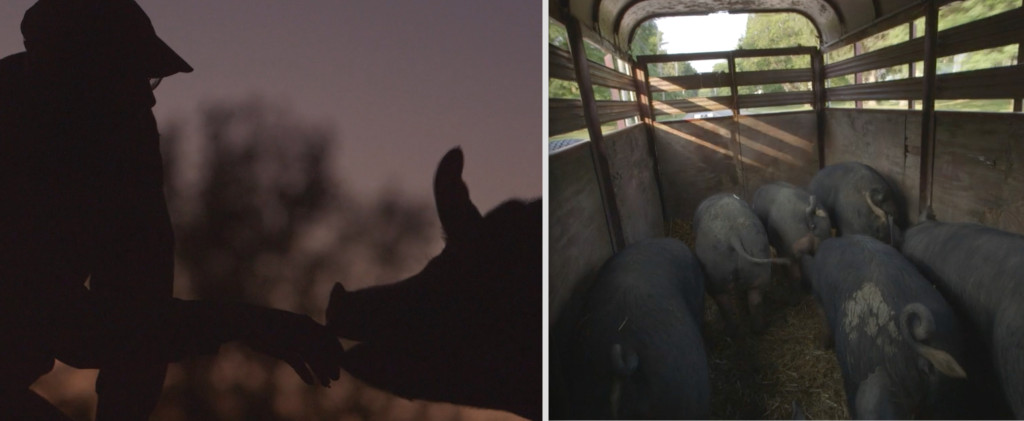
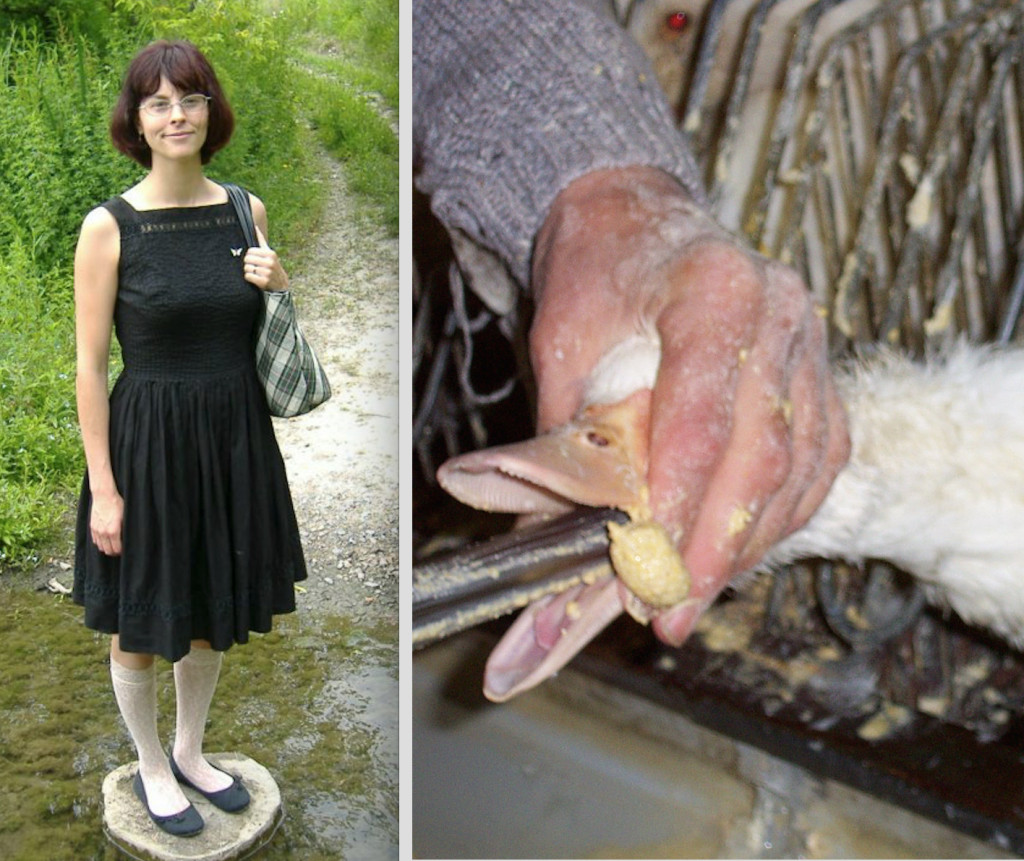
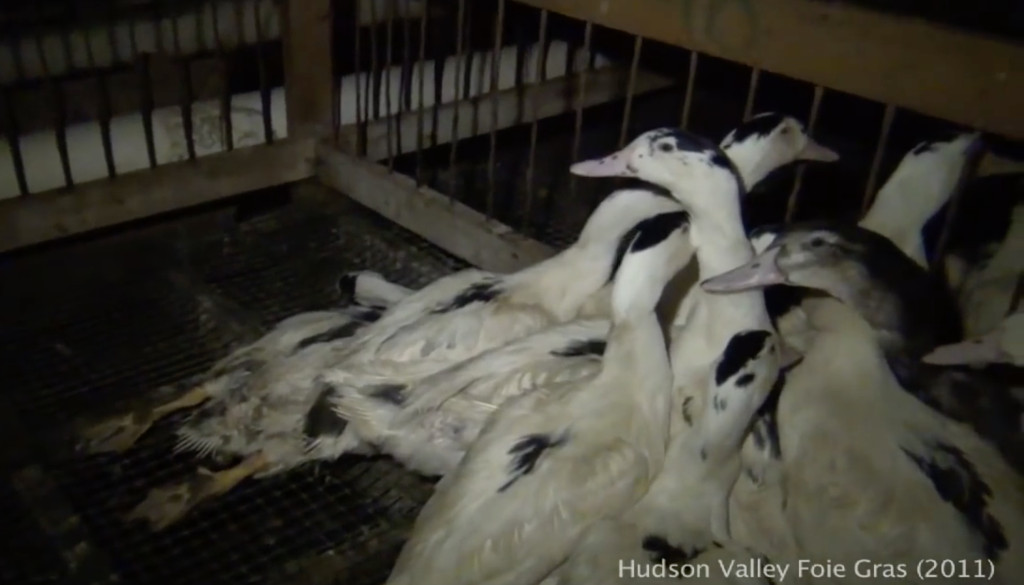
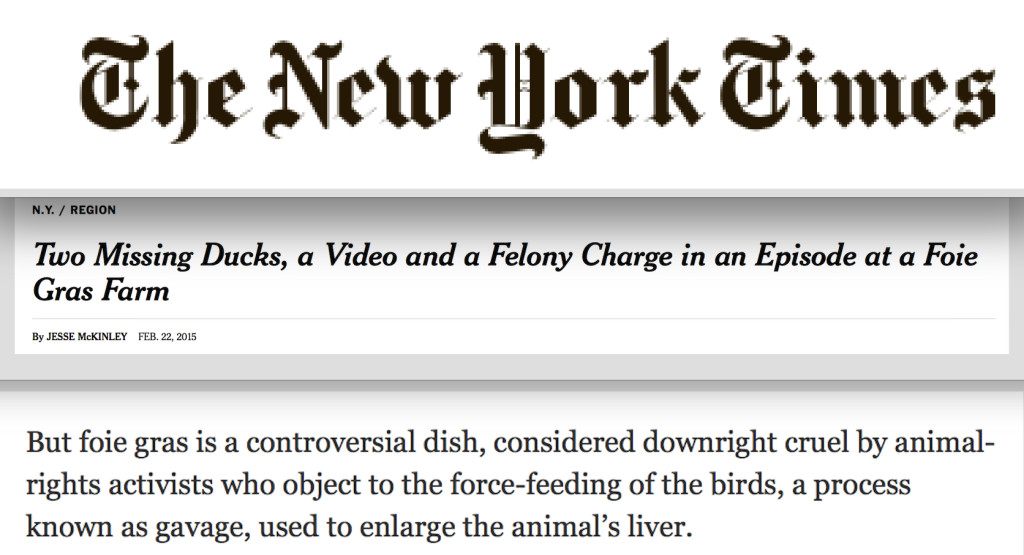
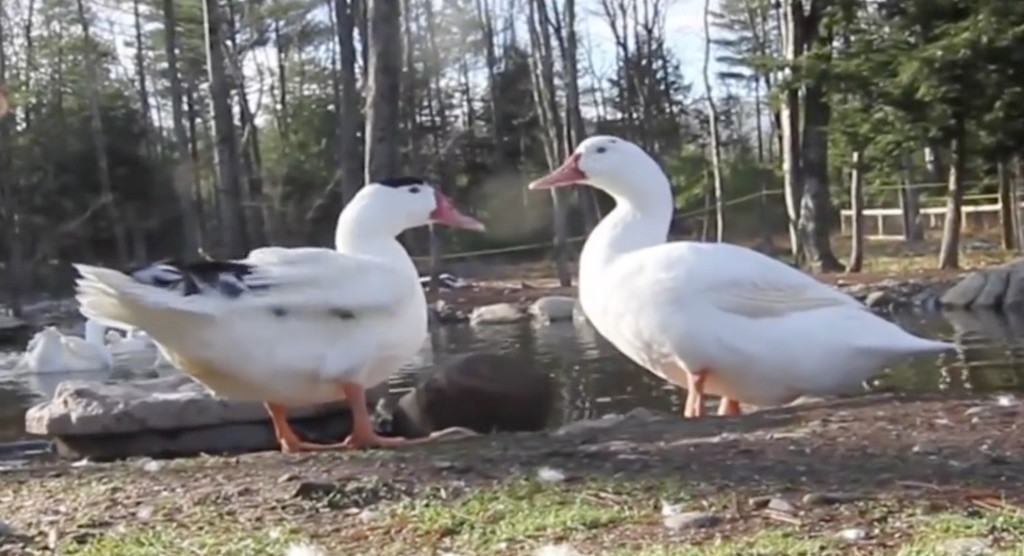
Follow Their Turn